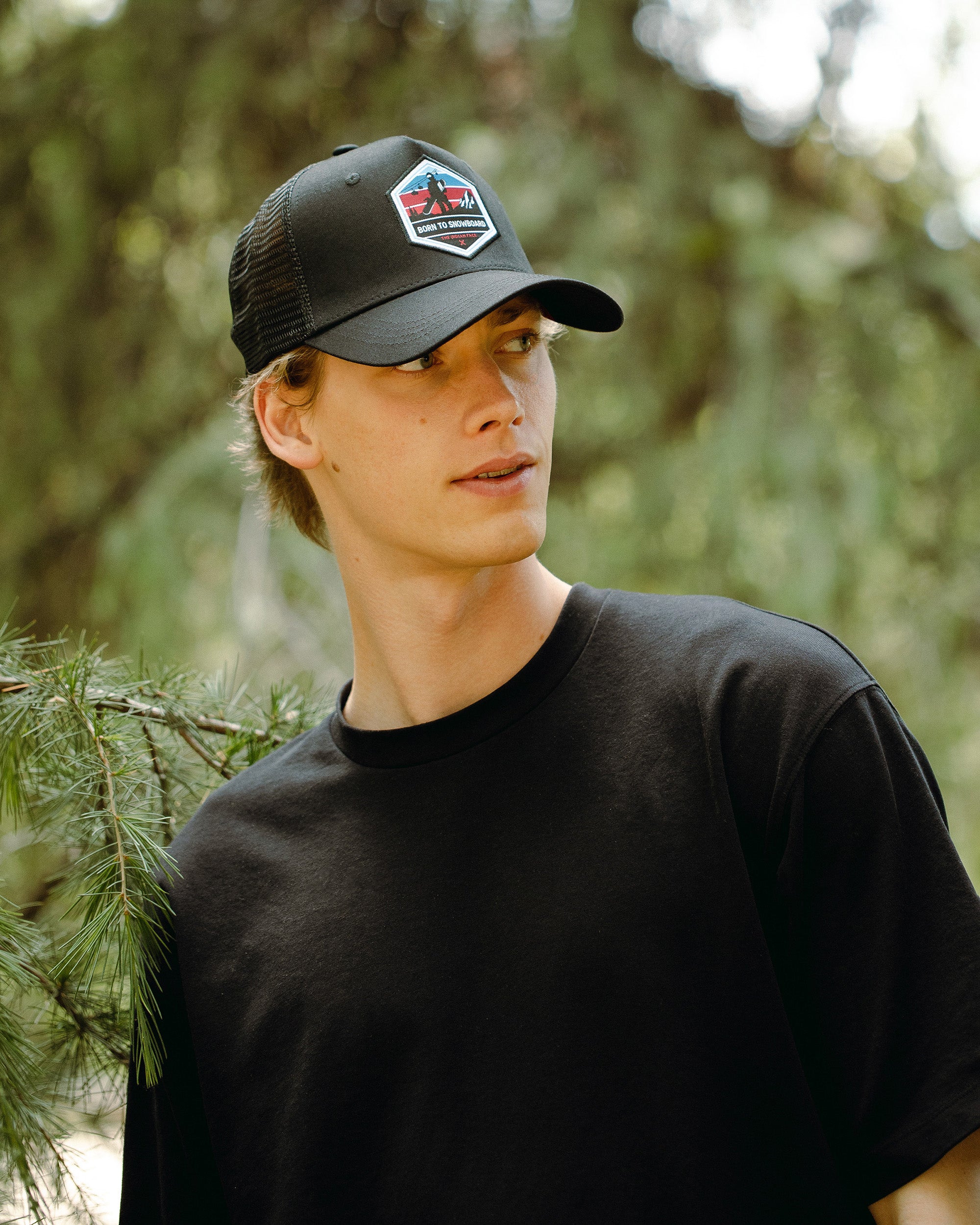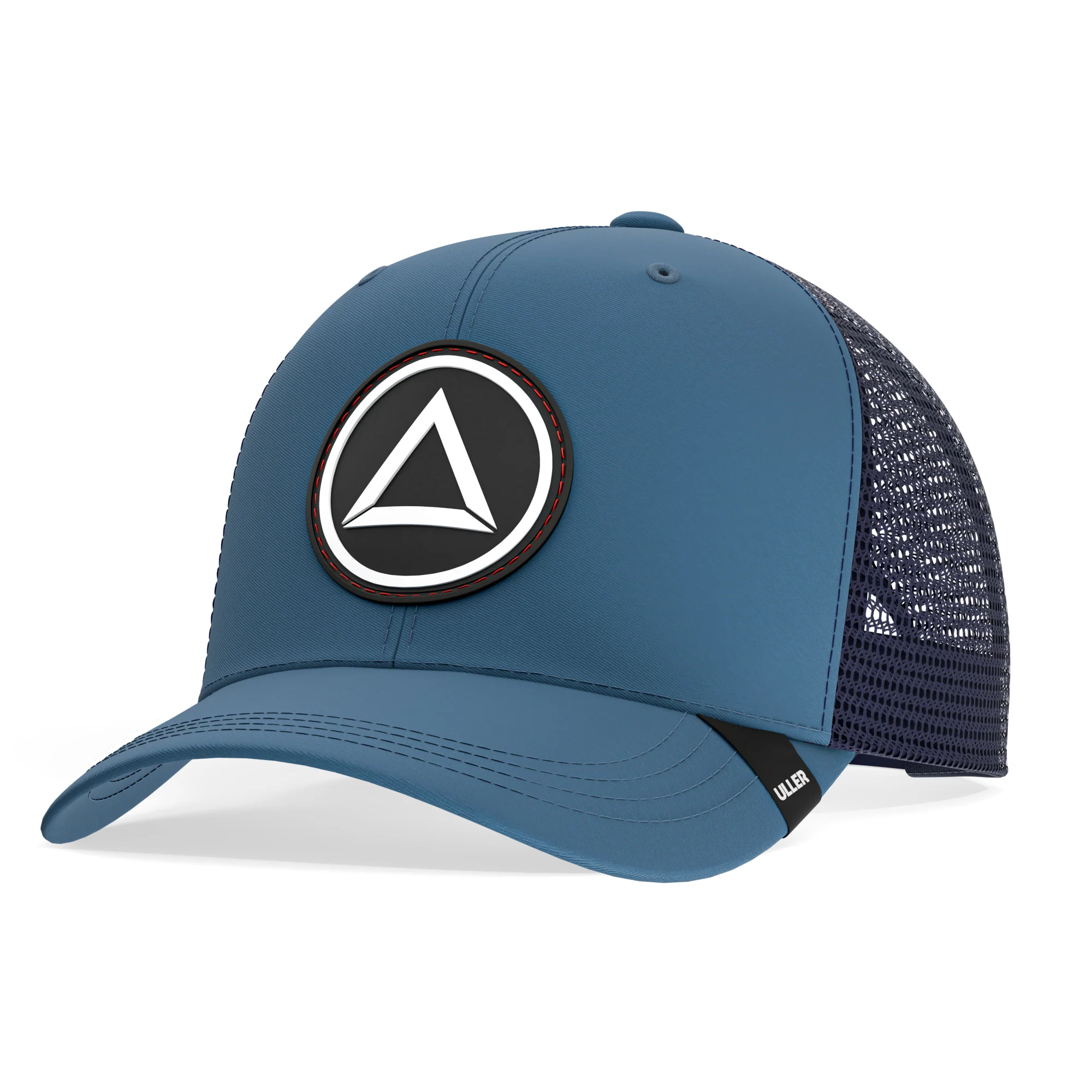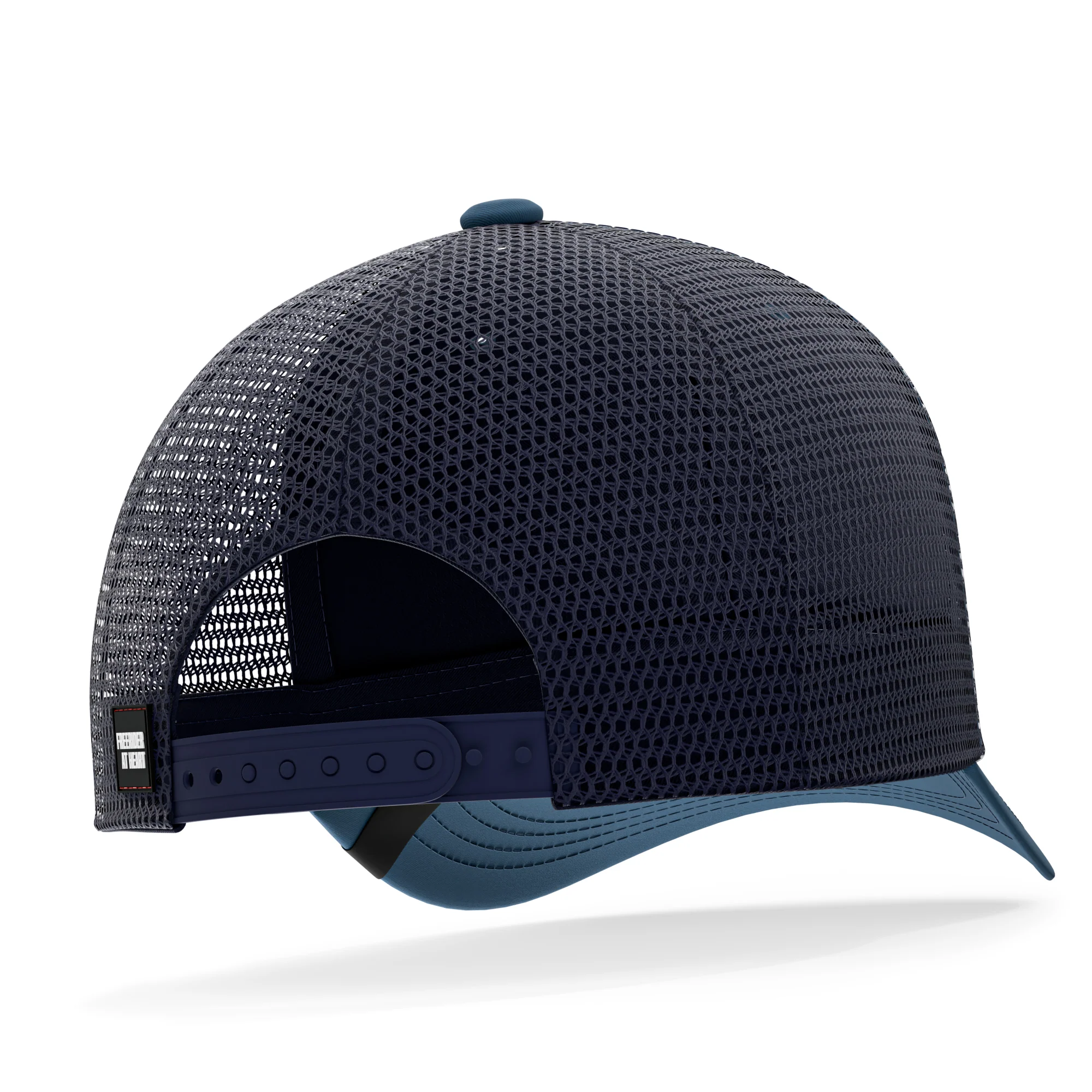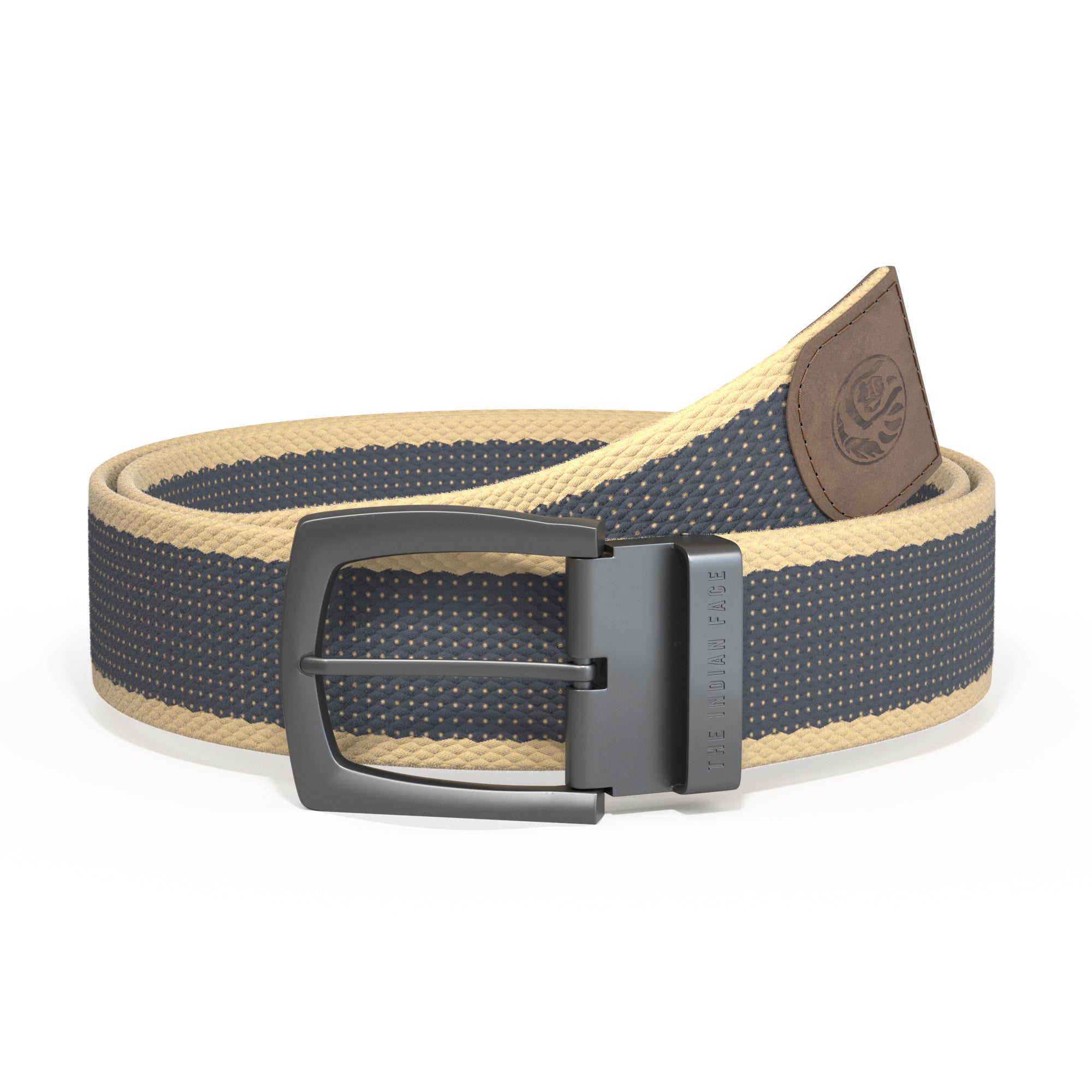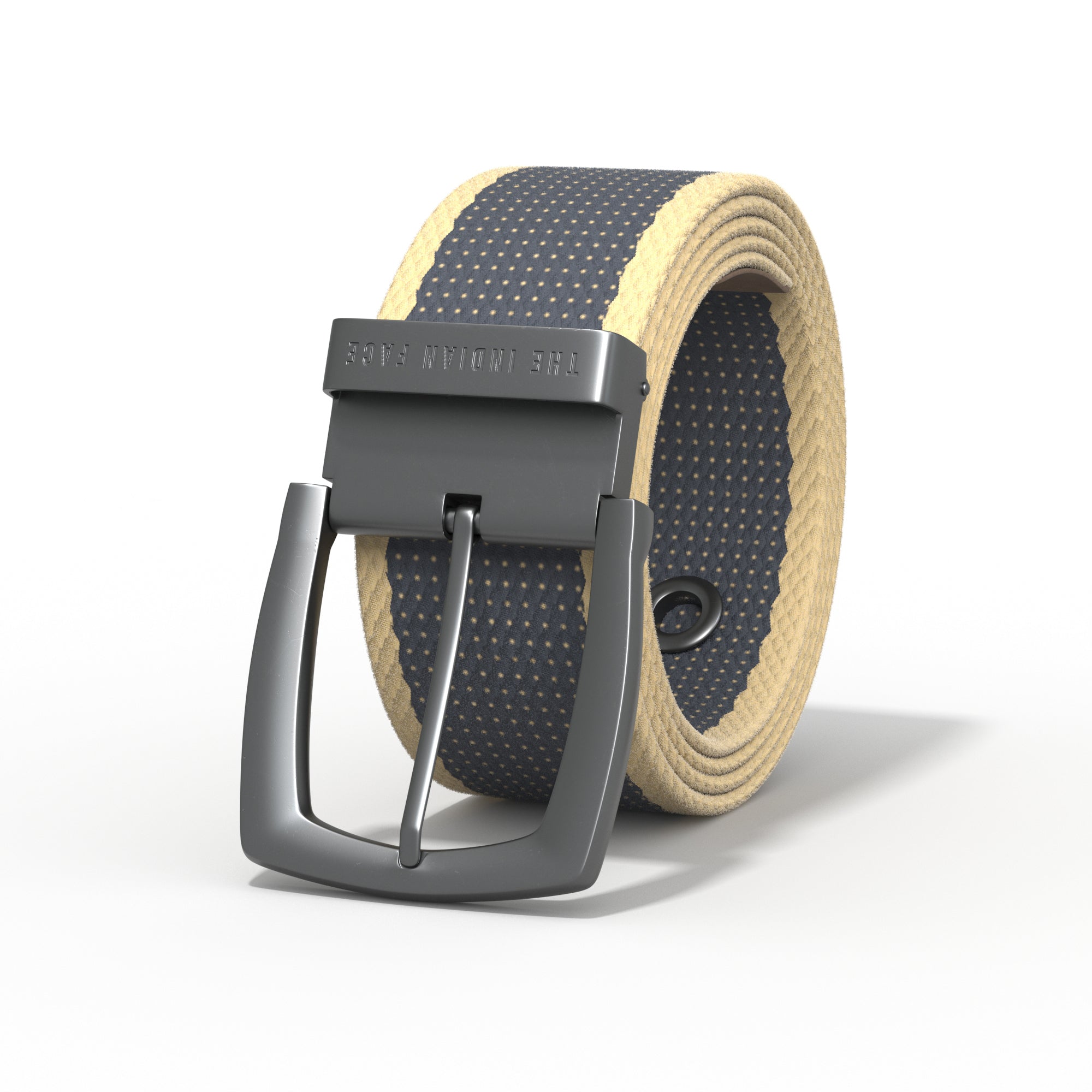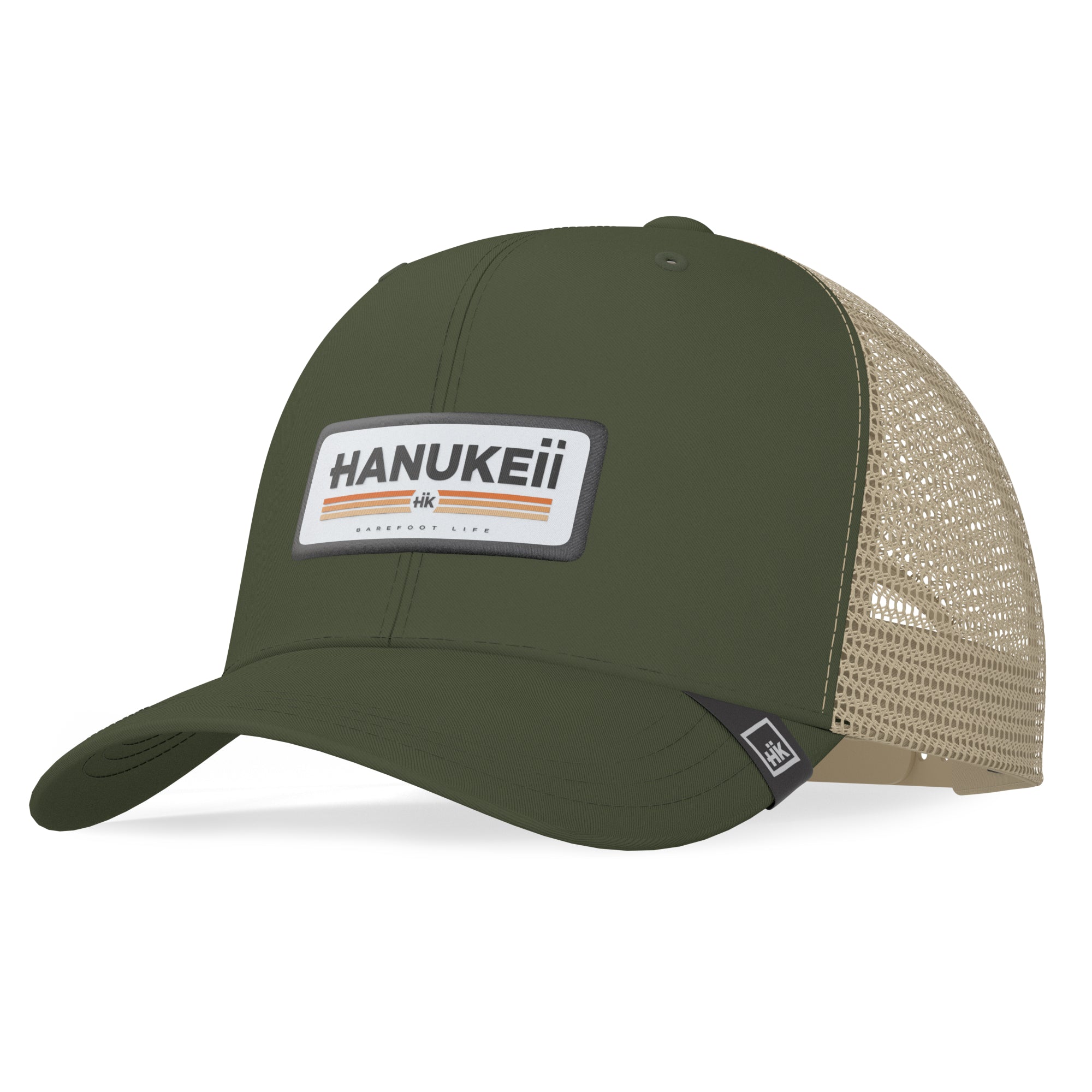Around the world we have several polar regions of which we sometimes do not know many things because of their remoteness or because they are not really fully discovered. One of them is "The Antarctica”. The word Antarctica It comes from the Greek language, antarktikos, which means “opposite to the arctic”.
In turn, the Arctic comes from the Greek word arktikos, which means “of the bear”, in reference to the boreal constellation called Ursa Minor, in which the North Star is located, which indicates the North Pole. Therefore, antarktikos means “opposite to the bear”; that is, it refers to the South Pole, which is located on this continent. Antarctica It is one of those places that belong to the popular imagination of the world. A white scene that we are all capable of recreating in our minds but that very few have actually seen and that you only find in the polar regions.
The Antarctic continent (whose name means 'opposite of the Arctic') is the southernmost territory on Earth, containing the geographic South Pole and covering an area of about 14 million square kilometres. It was first sighted in 1820 and it was not until 1895 that the first landing by a team of Norwegian explorers took place. The impressive surface and the harsh climatic conditions have made the continent the most remote and most remote of the continents. Antarctica in one of the most inhospitable places on Earth, but also one of the most interesting and studied. For this reason, since

12 +1 INTERESTING FACTS YOU DIDN'T KNOW ABOUT THE POLAR LANDS OF ANTARCTICA
-
What size is the Antarctica?
The size of this polar region It is not always the same depending on the time of year. The size of the Antarctica It bends when winter comes. The reason for this is because of the ice sheets; the sea freezes. In summer, the surface of the continent is 14 million square kilometers and in winter it reaches 30 square kilometers, that is, the equivalent of the United States and Mexico together.
-
When did people start coming to this giant? polar region?
It was in 1957 the year in which the first tourists arrived at the AntarcticaA Pan American flight from Christchurch, New Zealand, made a brief landing in McMurdo Sound.
-
How do penguins survive in the Antarctica?
It is full of penguins that resist those temperatures in the polar regions All year round. Why don't penguins' feet freeze to the ice? Otherwise they would use it for warmth. Their coats and fat are so effective that their feet serve as air conditioning. Anyone can do that!
-
The Antarctica belongs to any country?
According to the Antarctic Treaty, the Antarctica It does not belong to any country. It is a continent that is intended for scientific research and peaceful purposes only, where mining operations are prohibited. The member countries of the treaty represent 80% of the world's population. Now that's a big deal! polar region!
-
What if we go to La Antarctica, what do we pay with?
There is an Antarctic currency.Its name is the Antarctic dollar and despite not having legal value, it is the most valuable for a collector. They are issued by the Antarctica Overseas Exchange Office, which donates a large part of the profits to student projects. polar regions They have their currency!
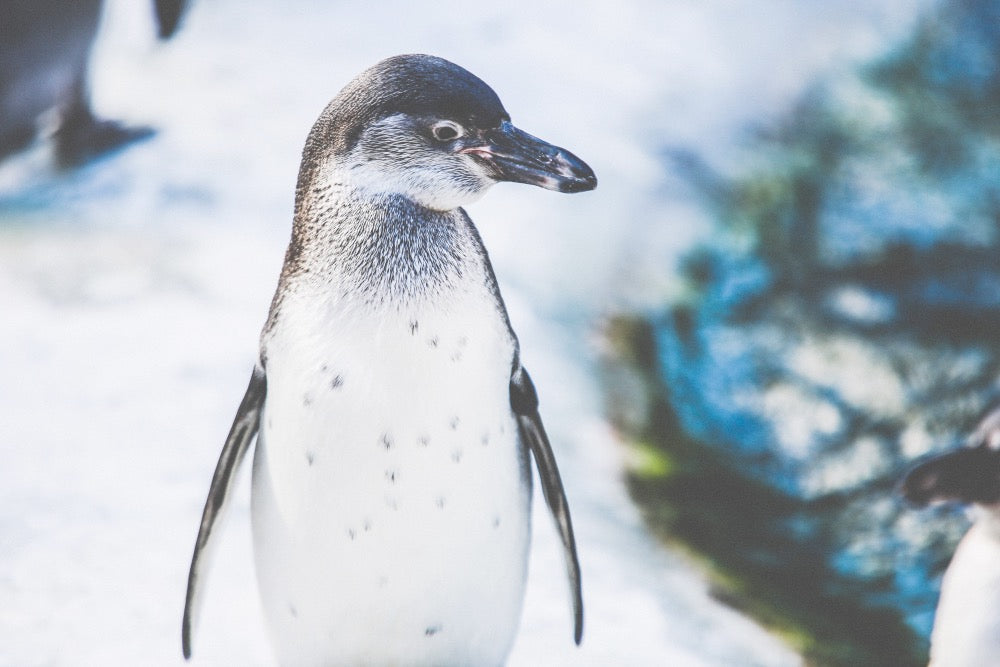
-
Are there weddings on the sixth continent?
In 1999, a couple got married at the Amundsen-Scott Station at the geographic South Pole. The couple was able to spend their first night of their honeymoon in a heated tent.
-
The Antarctica is made of water?
This polar terrain It's Water, water and more water! Around 80% of the planet's fresh water is in the AntarcticaIt is the largest reserve of fresh water in the entire world and it is due to ice. Antarctica It plays a very important role in the movement of ocean currents and is therefore a highly protected territory.
-
And that one in the Antarctica ice never melts, or what?
There is ice that is more than a million years old. It is three kilometers thick and 1.5 million years old. Scientists are studying it to draw conclusions about climate change, which is very much reflected in this ice. polar terrain.
-
The Antarctica was it always ice?
The Antarctica It wasn't always a big block of ice. Millions of years ago, the Antarctica It was a tropical forest. Fossilized plants, leaves and branches have been found, proving that before the continent froze completely, it was a forest in which even dinosaurs lived. polar terrain.
-
Is the Antarctica endangered?
It is warming faster than any other place in the world. Over the last 50 years, it has been at a frantic pace.
-
The Antarctica is it desert?
Although it may not seem like it could be, it is the driest continent in the world. 90% of its territory is desert and the air is dry due to the very cold temperatures.
-
What animals can we find in the waters of the Antarctica?
The seas of the Antarctica They are the preferred habitat of the giant squid. The ocean surrounding the continent is the habitat of the colossal squid, the largest species of squid, which can weigh up to 500 kg and measure 10 m.

Besides…. Did you know that this is the best place to find meteorites?
If you ever want to go looking for a meteorite, the Antarctica is the best place in the world to find them. The continent has earned a reputation as the ideal place to find these space rocks thanks to a few key characteristics. Although they have an almost equal chance of falling anywhere on Earth, the Antarctica The continent is almost entirely covered in snow, and the monochromatic landscape makes the dark rocks stand out. At the same time, ice streams tend to move them around and drop them in the same area. The continent's climate also tends to preserve them very well, being a very dry climate. Any meteorite that falls anywhere else, for example in the jungle, will quickly corrode and decompose.
The Antarctica It is the southernmost continent and one of the most mysterious and wild places in the world.Thousands of adventurers and adventure sports practitioners and risk enthusiasts would love to be able to travel here and be dazzled by its nature. What would you do to be able to visit this place? polar region?
In The Indian Face ® We have been inspired by our polar regions and have designed our POLAR sunglasses model. Don't miss it!


























